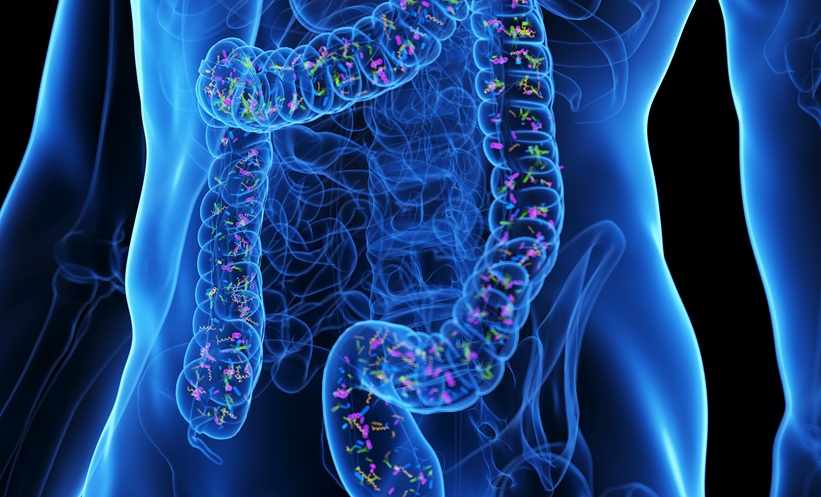TRANSARTERIAL chemoembolisation (TACE), is a widely used therapy for unresectable hepatocellular carcinoma (HCC). While effective at targeting tumours, TACE is frequently complicated by liver injury (TACE-LI), which can limit long-term outcomes. Recent research has highlighted an unexpected contributor to TACE-LI: the gut microbiota, particularly the bacterium Limosilactobacillus reuteri and its metabolite indole-3-lactic acid (ILA).
Microbiota Disturbance Worsens Liver Injury
A multi-omics study revealed that patients and rats undergoing TACE experienced a significant reduction in L. reuteri levels, which corresponded with lower concentrations of ILA. These reductions were linked to more severe liver injury and poorer overall survival in HCC. In experimental models, depletion of gut microbiota through antibiotics or fecal transplants from TACE-treated donors worsened TACE-LI, highlighting the protective role of a healthy microbiome.
Interestingly, supplementation with L. reuteri or ILA markedly improved liver outcomes. The study identified the enzyme phenyllactate dehydrogenase (fldH) as critical for L. reuteri to produce ILA. This metabolite then inhibited macrophage inflammation by blocking the HSP90-NLRP3 inflammasome complex, reducing hepatic pro-inflammatory responses. These findings suggest that maintaining gut microbiota integrity is not just beneficial but may be essential for mitigating TACE-LI.
Therapeutic Potential of L. reuteri and ILA
The implications for clinical practice are significant. By targeting the gut-liver axis, administration of L. reuteri or ILA could become a novel therapeutic approach to prevent TACE-LI. This strategy addresses the deeper mechanistic causes of liver injury rather than merely treating symptoms. Moreover, patients with higher baseline levels of L. reuteri and ILA were found to have better overall survival, reinforcing the importance of microbiota health in HCC management.
In conclusion, this research highlights the crucial role of the gut microbiota in TACE-induced liver injury. Enhancing L. reuteri levels or supplementing ILA offers a promising pathway to improve patient outcomes, reduce TACE complications, and provide a safer, more effective approach to HCC treatment.
Reference
Li R et al. Microbial metabolism dysfunction induced by transarterial chemoembolization aggravates postprocedural liver injury in HCC. J Hepatol. 2025;DOI:10.1016/j.jhep.2025.10.008.








